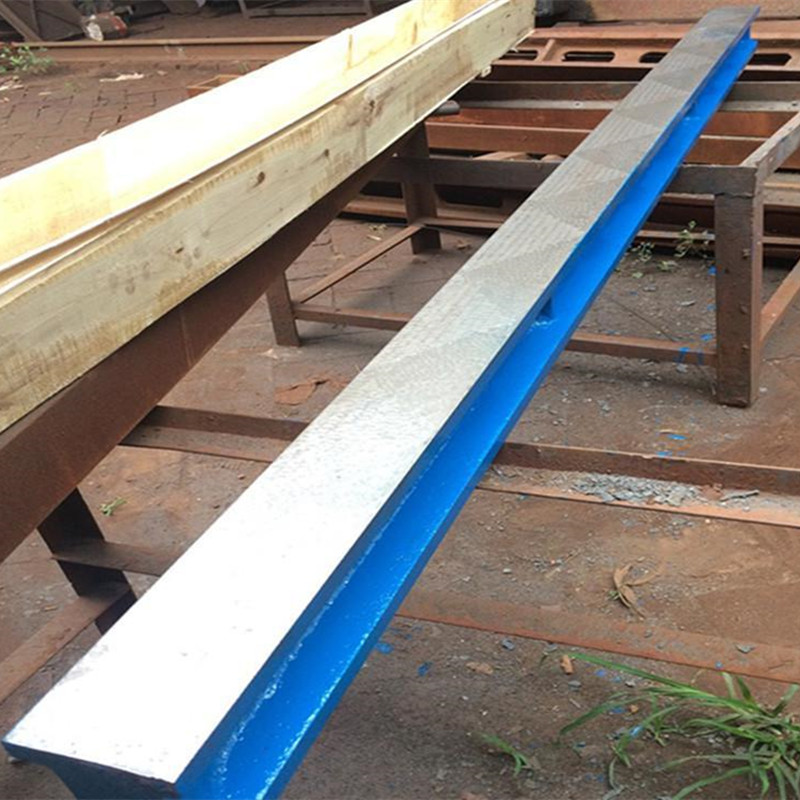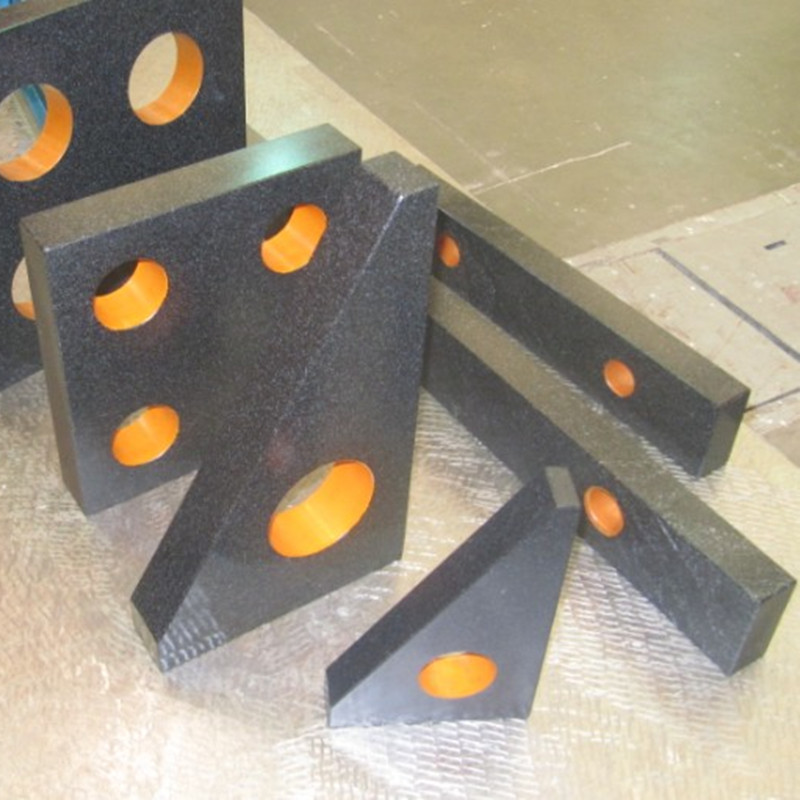İyn . 04, 2025 04:02 Back to list
Learn Types of Flow Control Valves for Optimal Performance
- Exploring the fundamental role and classification of flow control valves
- Technical innovations driving modern valve performance and efficiency
- Comparative analysis of leading flow control valve manufacturers
- Custom engineering solutions for specialized industrial requirements
- Real-world applications featuring globe valves for flow control
- Critical selection criteria for optimal valve implementation
- Future evolution of flow control technologies and system integration

(different types of flow control valves)
Understanding Different Types of Flow Control Valves in Industrial Systems
Flow control valves serve as critical components in fluid management systems, regulating the rate of media movement through pipelines. Industrial facilities rely on these precision instruments to manage operational parameters across hydraulic systems, chemical processing plants, and HVAC infrastructures. Primary variants include globe valves, needle valves, and ball valves, each featuring distinct internal designs that impact throttling capability, pressure drop characteristics, and leakage prevention. Industries report flow control improvements exceeding 35% when implementing appropriate valve technology according to ISA standards.
Technical Advantages Transforming Flow Management Precision
Contemporary flow control valves incorporate design breakthroughs that elevate operational efficiency. Precision-machined V-port balls deliver linear flow characteristics within 2% accuracy, while multi-stage low-noise trims reduce cavitation risks by 60% in high-pressure drops. Modern sealing materials like PTFE-encapsulated stainless steel enhance service life to over 150,000 cycles in abrasive media applications. Smart positioners with HART communication provide 0.5% flow regulation fidelity, generating predictive maintenance alerts when performance deviates beyond threshold values.
Market Leaders in Control Valve Manufacturing: Performance Comparison
| Manufacturer | Pressure Rating | Flow Range | Response Time | Specializations |
|---|---|---|---|---|
| Emerson Fisher | ANSI 900 | 0.25-8000 Cv | <1.5 seconds | Cryogenic/HP Steam |
| Flowserve Valtek | ANSI 2500 | 0.8-6500 Cv | <1.8 seconds | Slurry/Supercritical |
| Schneider Electric | PN 400 | 0.1-4200 Cv | <1.2 seconds | Hygienic/Corrosive |
| Siemens Siemens | ASME 4500 | 0.05-7000 Cv | <1.0 seconds | Nuclear/Safety |
Custom Engineering Solutions for Specialized Process Requirements
Beyond standard configurations, 45% of industrial applications require customized flow control implementations. Chemical plants handling hydrochloric acid often receive Monel-lined bodies with diamond-coated trim components. Power utilities specify anti-cavitation trims capable of withstanding 2,500 PSI pressure drops across superheated steam systems. Petroleum refineries implement fire-safe designs featuring graphite packing that maintains sealing integrity above 800°C for 90 minutes. Manufacturers achieve rapid prototyping through 3D printed wax molds for investment castings, reducing custom valve delivery from 26 weeks to just 38 days.
Globe Valves for Flow Control in Critical Industrial Applications
Globe valves dominate applications requiring precise throttling control, especially in steam and chemical services. Their Z-shaped internal configuration creates essential flow resistance where traditional gate valves prove inadequate. Recent power generation installations demonstrate globe valves maintaining ±3% flow accuracy despite 300°C thermal transients. Chemical processing facilities have documented 28% energy savings after replacing standard valves with multi-port globe variants. One pharmaceutical application features sanitary globe valves achieving 10,000 sterilization cycles without replacement through specialized cobalt alloy trim packages.
Selection Framework for Optimal Control Valve Implementation
Effective valve selection incorporates multiple technical parameters beyond basic pressure-temperature ratings. Engineers must evaluate inherent flow characteristics against process requirements, where equal percentage plugs outperform linear trim by 22% in applications with substantial system pressure variations. Modern CFD analysis identifies flow-induced vibration risks before installation. Field data indicates valves sized below 50% maximum Cv experience accelerated seat wear, while trim components selected 20% below process ∆P routinely sustain cavitation damage within 18 months.
Advancements in Flow Control Valve Technologies and System Integration
The horizon of flow control continues evolving with embedded diagnostic technologies and materials science breakthroughs. Smart positioners now incorporate wireless vibration sensors that detect imminent bearing failures 30 operational days before performance impacts. Laboratory tests confirm graphene-enhanced seals withstanding 50% higher PV values while reducing breakout friction by 75%. Industry 4.0 integration enables dynamic control valve clusters where up to 36 valves coordinate to maintain pipeline pressures within ±0.25% despite fluctuating demand. These innovations enhance fluid system efficiency while reducing maintenance costs across critical operations.

(different types of flow control valves)
FAQS on different types of flow control valves
Q: What are the different types of flow control valves?
A: Key types include globe valves for precision throttling, needle valves for fine adjustments, ball valves for on-off control, and butterfly valves for high-volume applications. Each design manipulates flow uniquely via discs, plugs, or rotary mechanisms. Selecting the right type depends on pressure needs and accuracy requirements.
Q: How do globe valves enable flow control?
A: Globe valves regulate flow using a movable disc that retracts or presses against a fixed seat, allowing precise throttling. Their Z-shaped body design causes directional changes, reducing velocity to prevent water hammer. They excel in systems needing accurate adjustments like steam or coolant lines.
Q: Where are different types of control valves applied?
A: Ball valves suit shut-off operations in pipelines, while butterfly valves manage large flows in HVAC. Globe valves handle throttling in chemical dosing, and needle valves control precise rates in instrumentation. Applications span oil/gas refineries, power plants, and water treatment facilities.
Q: Why choose a globe valve over other flow control valves?
A: Globe valves offer superior sealing and finer flow modulation than gate or ball valves, ideal for frequent adjustments. Their robust stem seal prevents leaks in high-pressure throttling. However, they create higher pressure drops and are costlier than alternatives like butterfly valves.
Q: How do needle valves differ from other flow control valves?
A: Needle valves use a tapered pin to gradually restrict flow through a small orifice, enabling micro-adjustments unattainable with globe or ball valves. This makes them perfect for calibration equipment and hydraulics. Unlike butterfly valves, they handle low flows but sacrifice full-port capabilities.
-
Why the Right Angle Ruler Reigns in MetalworkingNewsJul.21,2025
-
The Enduring Allure of Granite Boxes in Modern InteriorsNewsJul.21,2025
-
The Digital Gauging Revolution: Reshaping Thread Rings Inspection's FutureNewsJul.21,2025
-
How Modern Inspection Platforms Transcend Surface MeasurementNewsJul.21,2025
-
How Customization Drives Wholesale Success in Parallel RulersNewsJul.21,2025
-
Fortifying Permanent Steel Ground Anchors Against Corrosion's OnslaughtNewsJul.21,2025
Related PRODUCTS









